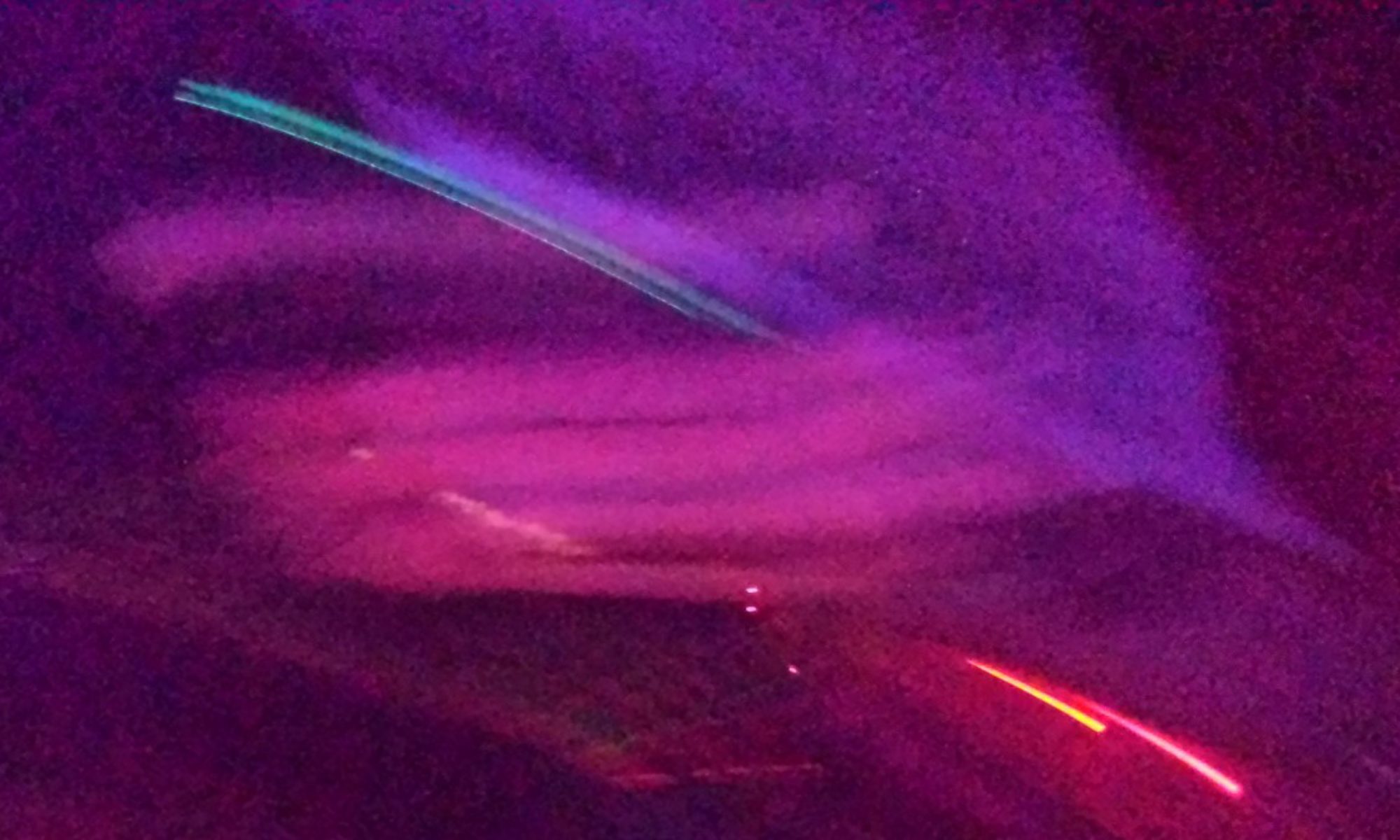Last year’s Veterans Affairs Scandal was the hot topic as news of at least 35 veterans passed away while waiting for care at the VA in Phoenix run by the Veterans Health Administration. Other locations were found to be suffering from the same long wait times that were putting veterans lives at stake.
The result, several resignations, including Secretary of Veteran Affairs Eric Shinseki, at least a few firings, and disciplinary actions.
Now with Secretary Robert McDonald at the helm, the future of the VA seems to be one that will be restructured with a “customer centric” service. Not surprising language considering McDonald’s 33 years at Proctor & Gamble.
President Obama spoke about the VA in April saying that it was “chipping away” at previous problems and issues uncovered during the scandal.
“We’ve brought in a new team that has been tackling these issues to make sure that wait times for scheduling, access to providers is greatly improved, but what we know is there is still more work to do.”
Secretary McDonald began the MyVA initiative that divides the country in five regions with leaders who will make changes necessary to carry out the goals of the “veteran focused” program. The MyVA initiative launched in September 2014 and the MyVA Advisory Committee met for the first time in April 2015. The members will help to lie out plans to improve services to veterans, enhance the performance of VA workers, and make long-term adjustments to reform the entire VA.
One part of the MYVA initiative is to help veterans find jobs when they leave military service. Rosye Cloud, Director of the Office of Transition, Employment & Economic Impact in the U.S Department of Veteran Affairs said they have launched the Veterans Economic Communities Initiative in 25 out of 50 participating cities. The VA has appointed liaisons in each city that will work within the community to find opportunities for veterans.
“It is our opportunity to take our national level resources and partnerships to the local level by working closely with our service organizations, employers, and civic leaders,” said Cloud.
The initiative will work with local businesses to help find employment opportunities by holding job fairs and other employment events.
When asked about if progress is being made to avoid problems like those uncovered in last year’s scandal, Cloud said the MyVA initiative is meant to reorganize the entire VA.
“I think Secretary McDonald has been very clear that the VA will transform to be much more customer centric,” said Cloud. “Our mantra is we will provide the best customer service by putting the veteran at the center of all that we do. The MyVA Initiative is the catalyst for our transformation.”
While the results won’t be out for a while about how the MyVA initiative is working, one recent event may be a clue to how the new VA will operate. After the VA spent over one million dollars to battle for many years reservist veterans wanting benefits who were exposed to Agent Orange between 1969 and 1986, the VA has finally relented and agreed to give them full benefits.
A surprising move considering a VA consultant on the matter once described the group of vets as “freeloaders” and said they only wanted to “cash in on tax-free money for health issues that originate from their lifestyles and aging.” Secretary McDonald recently said the opposite saying that ruling their illnesses as service-connected is “the right thing to do.” The over 2,000 veterans will now get disability payments, medical care, dependency benefits, indemnity compensation and burial.
It’s not clear if the new MyVA initiative will create the changes needed at the VA, but at least it seems to be heading in the direction of making the VA more reactive to veterans needs. The future VA may finally care for those that cared for their country.
